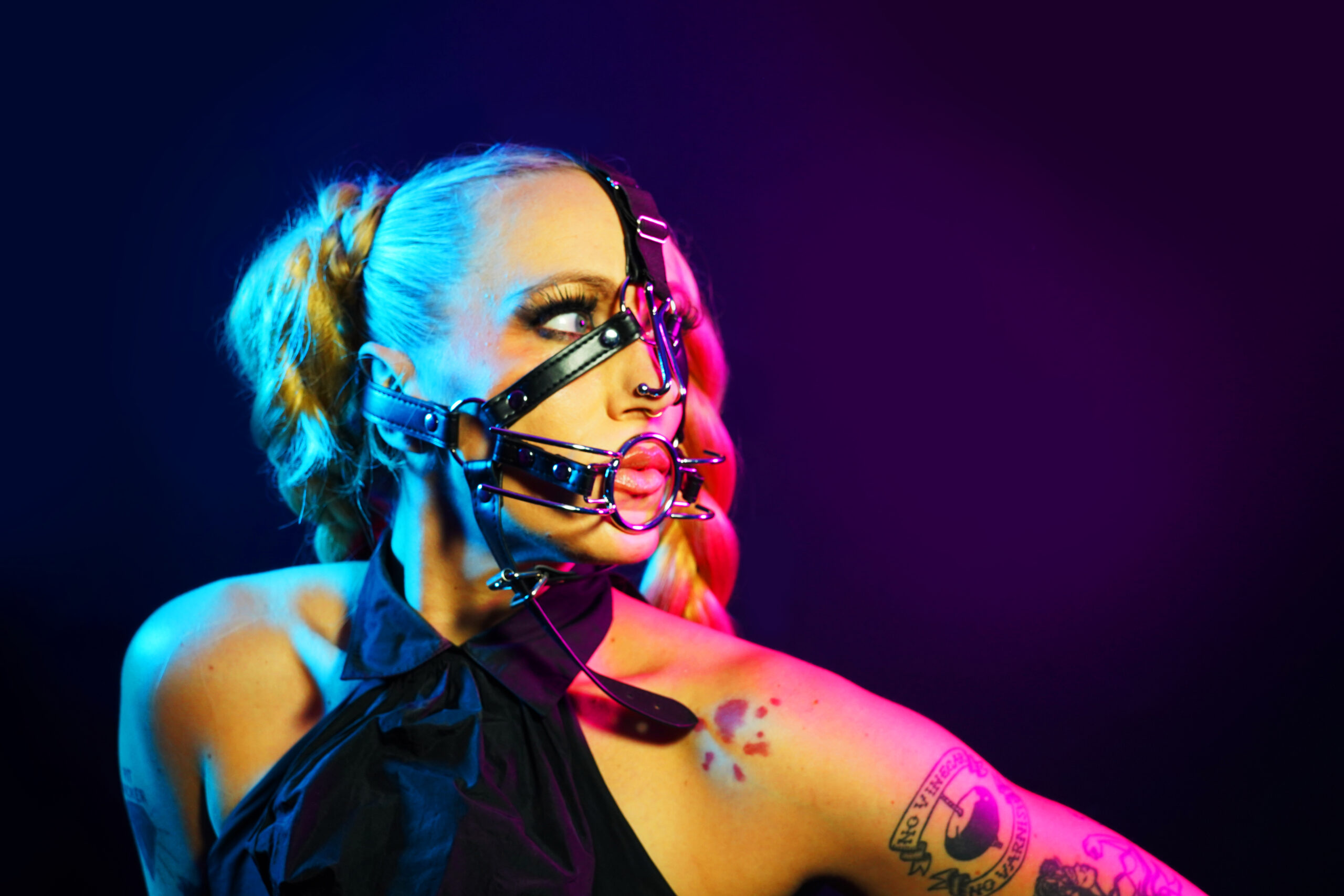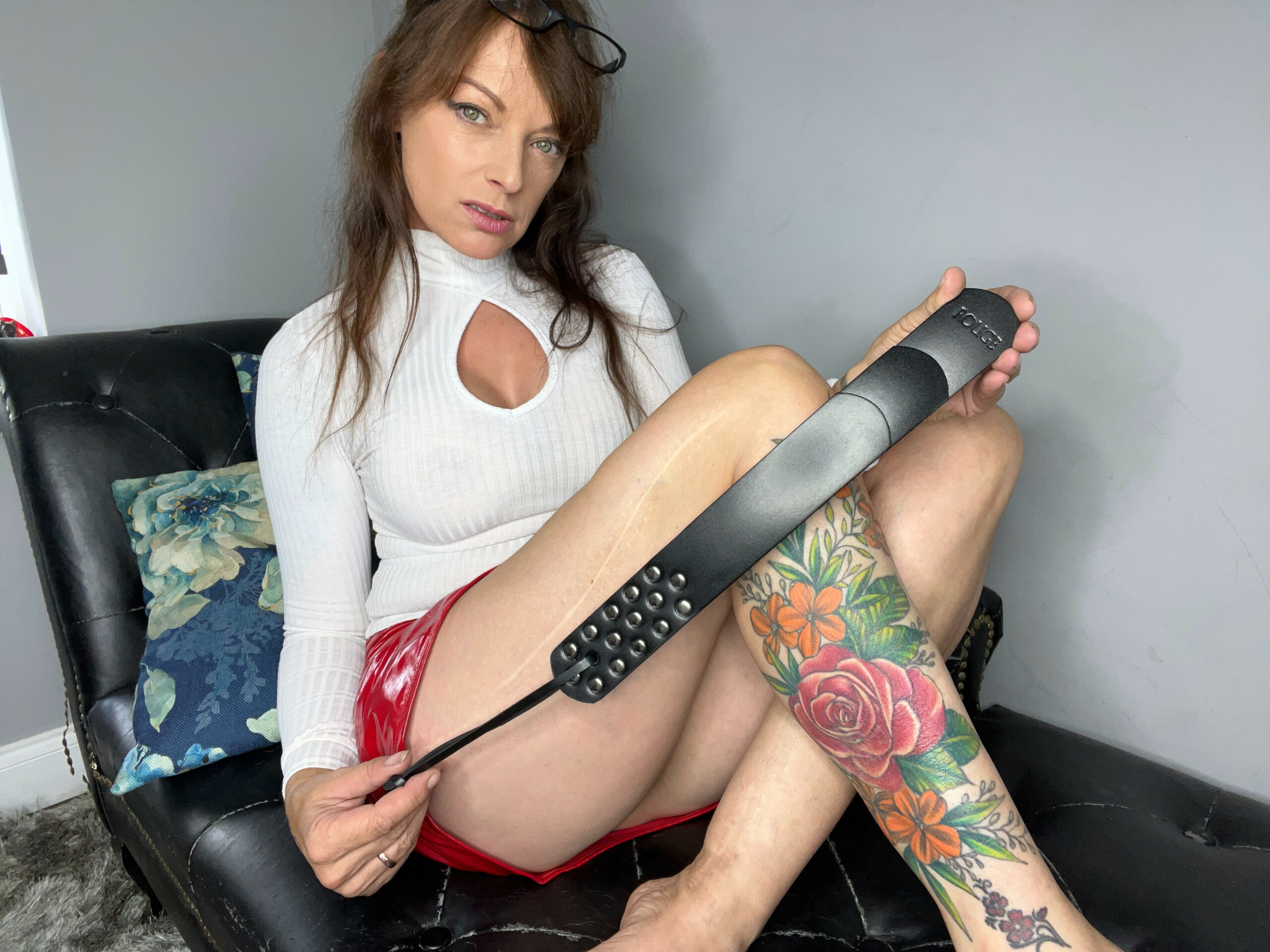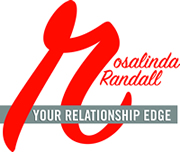Understanding Pansexuality
Pansexuality is an identity celebrated for its expansive understanding of love and attraction. Unlike other sexual orientations that focus on specific genders, pansexual individuals experience romantic, sexual, or emotional attraction to people regardless of their gender identity or expression. This inclusive orientation challenges traditional notions of binary classifications, recognizing the fluidity and diversity within human relationships.
Definition and Scope

At its core, pansexuality encompasses a spectrum of attraction that extends beyond the limitations of gender. Pansexual individuals are drawn to people based on their personality, character, and connection, rather than being confined by societal expectations or binary classifications of gender. This means they can be attracted to men, women, transgender individuals, non-binary individuals, and anyone else regardless of how they identify.
The term “pansexual” originates from the Greek words “pan,” meaning “all,” and “sexus,” meaning “sex.” It beautifully captures the essence of this orientation – a boundless capacity for love and attraction that transcends the boundaries of gender.
Distinguishing from Other Sexual Orientations
Understanding pansexuality requires moving beyond traditional binary classifications of gender. While many sexual orientations define attraction based on specific genders, pansexuality embraces a broader spectrum. Pansexual individuals are attracted to people regardless of their gender identity or expression.
Distinguishing pansexuality from other orientations like bisexuality is important. Bisexual individuals are typically attracted to two genders, often men and women. Pansexuality, however, extends attraction to all genders, encompassing a wider range of identities including transgender and non-binary individuals.
It’s also crucial to differentiate pansexuality from omnisexuality, which is sometimes used interchangeably. While both orientations encompass attraction beyond binary genders, the term “omnisexual” can be considered more inclusive as it acknowledges attractions to all sentient beings, not just humans.
Experiences of Pansexual Individuals
Pansexuality is a beautiful celebration of love and attraction that extends beyond the confines of traditional gender classifications. It’s about recognizing the fluidity and diversity within human relationships, embracing connections based on personality, character, and genuine connection rather than adhering to societal norms or expectations.
Romantic and Intimate Relationships
Experiences for pansexual individuals in romantic and intimate relationships can be incredibly diverse, mirroring the vast spectrum of human experiences. Just like any other orientation, pansexual individuals seek meaningful connections based on shared values, interests, and emotional compatibility.
Many pansexual people find themselves navigating a world that often lacks understanding or visibility for their experiences. This can lead to challenges in finding partners who are accepting and supportive of their identity. However, there is a growing movement towards greater acceptance and awareness, creating more inclusive spaces for pansexual individuals to connect and build relationships.
Like all relationships, pansexual romantic relationships involve the joys, complexities, and challenges that come with love and intimacy. Communication, trust, and respect are fundamental building blocks for any successful relationship, regardless of sexual orientation.
It’s important to remember that pansexuality is not defined by rigid rules or expectations. Individuals within this community express their identities in unique ways, and their experiences within relationships reflect this diversity.
Social and Cultural Influences
Pansexual individuals experience a wide range of emotions and challenges within romantic relationships, much like any other sexual orientation. Societal norms and cultural influences can significantly shape these experiences, sometimes creating hurdles to acceptance and understanding.
Lack of visibility and widespread understanding of pansexuality can lead to difficulties in finding partners who are accepting and supportive. Pansexual individuals may face prejudice, discrimination, or even rejection based on misconceptions about their identity. This can make it challenging to find safe and affirming spaces for romantic connection.
Media representation plays a crucial role in shaping public perception and understanding of pansexuality. Limited portrayals or inaccurate representations can reinforce stereotypes and contribute to misunderstandings. Increased visibility of diverse pansexual characters in media, literature, and popular culture can help foster greater acceptance and inclusivity.
Education and open dialogue are essential for dismantling harmful misconceptions surrounding pansexuality. Creating spaces where individuals can openly discuss their experiences and share accurate information can help bridge the gap between understanding and acceptance.
Navigating Coming Out and Identity Exploration
Navigating coming out as pansexual can be a deeply personal journey, influenced by individual experiences, support systems, and societal contexts.
Some pansexual individuals may choose to come out gradually, starting with trusted friends or family members before sharing their identity more broadly.
Others may opt for a more public coming out experience, sharing their truth through social media or with larger groups of people.
The process of coming out can be both liberating and challenging, bringing feelings of joy, relief, and vulnerability.

It’s important to remember that there is no right or wrong way to come out, and individuals should approach it at their own pace and in a way that feels safe and comfortable for them.
Finding support networks is crucial for pansexual individuals as they navigate identity exploration and coming out. Connecting with other pansexual people through online communities, support groups, or LGBTQ+ organizations can provide a sense of belonging and shared experience.
Supportive friends and family members can also play a vital role in creating a safe and affirming environment.
Having allies who understand and accept their identity can make a world of difference in their journey of self-discovery and acceptance.
Identity exploration is an ongoing process for pansexual individuals, as they continue to learn more about themselves and their relationships with others. It involves reflecting on personal experiences, exploring different aspects of their identity, and finding what feels most authentic and fulfilling.
This journey may involve questioning, experimenting, and evolving over time, and it’s a testament to the richness and complexity of human experience.
Challenges and Stigma
Pansexuality challenges societal norms by embracing attraction beyond traditional gender classifications. While strides have been made towards acceptance, pansexual individuals often face unique challenges stemming from stigma and lack of understanding. These hurdles can manifest in difficulties finding supportive partners, navigating coming out experiences, and combating prejudice within communities and society at large.
Misconceptions and Stereotypes
Challenges and stigma surrounding pansexuality arise from societal norms that often confine sexual orientations to rigid binary classifications. Pansexual individuals may encounter misconceptions about their identity, leading to prejudice, discrimination, and a lack of understanding.
Stereotypes associated with pansexuality can perpetuate harmful narratives and limit the ways in which individuals express their identities. For example, some may assume that pansexual people are promiscuous or lack commitment, perpetuating harmful generalizations that undermine their experiences and relationships.
These misconceptions can make it difficult for pansexual individuals to find acceptance and support within their families, communities, and romantic partners. They may experience feelings of isolation, invalidation, and fear of coming out due to the potential for negative reactions or rejection.
Moreover, limited visibility of pansexuality in media and popular culture contributes to a lack of understanding and reinforces existing stereotypes. The absence of diverse representations can make it challenging for people to relate to or comprehend the experiences of pansexual individuals, perpetuating a cycle of misunderstanding and marginalization.
Internalized Homophobia and Biphobia
Internalized homophobia and biphobia can significantly impact pansexual individuals’ well-being and self-perception. These negative attitudes, often stemming from societal messages and cultural conditioning, can lead to feelings of shame, guilt, or self-doubt.
- Pansexual individuals may internalize these harmful beliefs, leading them to question their own identities and attractions.
- This internalized homophobia and biphobia can manifest in self-stigmatization, anxiety about coming out, and difficulty forming healthy relationships.
- It’s crucial to challenge these internalized beliefs and create a supportive environment where pansexual individuals feel safe and accepted for who they are.
Addressing these challenges requires a multi-pronged approach that involves societal change, education, and support for pansexual individuals.
Lack of Representation and Visibility
Challenges and stigma surrounding pansexuality stem from societal norms that often confine sexual chastity cock cage orientations to rigid binary classifications. Pansexual individuals may encounter misconceptions about their identity, leading to prejudice, discrimination, and a lack of understanding. Stereotypes associated with pansexuality can perpetuate harmful narratives and limit the ways in which individuals express their identities. For example, some may assume that pansexual people are promiscuous or lack commitment, perpetuating harmful generalizations that undermine their experiences and relationships.
These misconceptions can make it difficult for pansexual individuals to find acceptance and support within their families, communities, and romantic partners. They may experience feelings of isolation, invalidation, and fear of coming out due to the potential for negative reactions or rejection. Moreover, limited visibility of pansexuality in media and popular culture contributes to a lack of understanding and reinforces existing stereotypes. The absence of diverse representations can make it challenging for people to relate to or comprehend the experiences of pansexual individuals, perpetuating a cycle of misunderstanding and marginalization.
Internalized homophobia and biphobia can significantly impact pansexual individuals’ well-being and self-perception. These negative attitudes, often stemming from societal messages and cultural conditioning, can lead to feelings of shame, guilt, or self-doubt. Pansexual individuals may internalize these harmful beliefs, leading them to question their own identities and attractions. This internalized homophobia and biphobia can manifest in self-stigmatization, anxiety about coming out, and difficulty forming healthy relationships. It’s crucial to challenge these internalized beliefs and create a supportive environment where pansexual individuals feel safe and accepted for who they are.
Addressing these challenges requires a multi-pronged approach that involves societal change, education, and support for pansexual individuals. Promoting greater understanding of pansexuality through open dialogue, educational initiatives, and inclusive media representations can help dismantle harmful stereotypes and foster acceptance. Creating safe spaces where pansexual individuals feel comfortable sharing their experiences and connecting with others who understand them is essential for building community and providing support. Finally, empowering pansexual individuals to embrace their identities authentically and advocate for their rights is crucial for creating a more equitable and inclusive society.
Advocacy and Support

Pansexuality is an identity that embraces love and attraction beyond the limitations of gender. It’s about celebrating connections based on personality, character, and shared values rather than adhering to societal expectations or binary classifications. Understanding pansexuality requires moving beyond traditional notions of sexuality and recognizing the diverse spectrum of human experiences.
Creating Inclusive Communities
Creating inclusive communities that embrace pansexuality involves several key aspects:
Education and Awareness: Promoting understanding of pansexuality through open dialogue, educational initiatives, and inclusive media representations is crucial for dismantling harmful stereotypes and fostering acceptance.
Visibility and Representation: Increasing the visibility of pansexual individuals in various aspects of society – from media and popular culture to workplaces and schools – helps normalize their experiences and challenges misconceptions.
Safe Spaces and Support Networks: Creating safe spaces where pansexual individuals feel comfortable sharing their experiences, connecting with others who understand them, and seeking support is essential. This can include LGBTQ+ organizations, online communities, and supportive friend groups.
Allyship and Advocacy: Allies play a vital role in creating inclusive environments. By actively speaking out against discrimination, challenging harmful stereotypes, and supporting pansexual individuals, allies can contribute to positive change.
Inclusive Language and Policies: Using gender-inclusive language and implementing policies that protect the rights and well-being of pansexual individuals are essential for creating truly inclusive communities.
Promoting Understanding and Acceptance
Pansexuality is a beautiful expression of love and attraction that extends beyond traditional gender classifications. It celebrates the richness of human connection, acknowledging that people can be attracted to others regardless of their gender identity or expression.
Creating a world where pansexual individuals feel seen, heard, and celebrated requires a collective effort. This involves challenging harmful stereotypes, promoting education and awareness, and fostering inclusive environments where everyone feels safe to be themselves.
By embracing diversity, understanding different perspectives, and advocating for equality, we can build a more just and accepting society that values all forms of love and connection.
Resources and Organizations
Navigating the world as a pansexual individual can sometimes present unique challenges. It’s important to recognize these challenges while also celebrating the richness and beauty of this identity.
Here are some resources and organizations that offer support, information, and advocacy for pansexual individuals:
- GLAAD: A media advocacy organization working to promote LGBTQ+ acceptance through positive representations in the media.
- Pansexuality.net: A website dedicated to providing information about pansexuality, including definitions, resources, and personal stories.
- The Trevor Project: A suicide prevention and crisis intervention organization for LGBTQ+ youth.
- Human Rights Campaign (HRC): An advocacy group working to achieve equality for LGBTQ+ people.
- PFLAG: An organization that provides support, education, and advocacy for families of LGBTQ+ people.
Remember, you are not alone. There are people who understand and support you. Don’t hesitate to reach out for help or connect with others who share your experiences.
Discover the blog’s full message
See what’s covered completely
- How Often Can U Get Lip Filler - September 29, 2025
- How Long After Lip Filler Can Vascular Occlusion Happen - September 28, 2025
- Gummy Smile Treatment – Gum Contouring Near Pyrford, Surrey - September 25, 2025
